Linda Ly - The CSA cookbook : no-waste recipes for cooking your way through a community supported agriculture box, farmers market, or backyard bounty
Here you can read online Linda Ly - The CSA cookbook : no-waste recipes for cooking your way through a community supported agriculture box, farmers market, or backyard bounty full text of the book (entire story) in english for free. Download pdf and epub, get meaning, cover and reviews about this ebook. year: 2015, publisher: MBI;Voyageur Press, genre: Home and family. Description of the work, (preface) as well as reviews are available. Best literature library LitArk.com created for fans of good reading and offers a wide selection of genres:
Romance novel
Science fiction
Adventure
Detective
Science
History
Home and family
Prose
Art
Politics
Computer
Non-fiction
Religion
Business
Children
Humor
Choose a favorite category and find really read worthwhile books. Enjoy immersion in the world of imagination, feel the emotions of the characters or learn something new for yourself, make an fascinating discovery.

- Book:The CSA cookbook : no-waste recipes for cooking your way through a community supported agriculture box, farmers market, or backyard bounty
- Author:
- Publisher:MBI;Voyageur Press
- Genre:
- Year:2015
- Rating:4 / 5
- Favourites:Add to favourites
- Your mark:
The CSA cookbook : no-waste recipes for cooking your way through a community supported agriculture box, farmers market, or backyard bounty: summary, description and annotation
We offer to read an annotation, description, summary or preface (depends on what the author of the book "The CSA cookbook : no-waste recipes for cooking your way through a community supported agriculture box, farmers market, or backyard bounty" wrote himself). If you haven't found the necessary information about the book — write in the comments, we will try to find it.
Community Supported Agriculture (CSA) programs have connected farms to consumers and made people more in tune with where their food comes from, but still leave many stumped beyond the conventional uses for their produce. How many times has a CSA share arrived with things youve never seen before or not known what to do with?
The CSA Cookbook will help you cook your way through a CSA box (or farmers market or backyard bounty) with 105 seasonal recipes that utilize every edible part of the plant, from leaves and flowers to stems and seeds. Think of it as a nose-to-tail approachfor vegetables!
With innovative ideas for preparing the lesser-known but no-less-delicious parts of plants, tips for using the odds and ends of vegetables, and easy preservation techniques, Linda Ly helps you get from farm to table without a fuss. Chapters include tomatoes and peppers, leafy greens, peas and beans, bulbs and stems, roots and tubers, melons and gourds, and flowers and herbs. Youll find globally-inspired, vegetable-focused recipes that turn a single plant into several mealstake squash, for instance. This year-round vegetable brings a variety of tastes and textures to the table: Sicilian Squash Shoot Soup, Squash Blossom and Roasted Poblano Tacos, Autumn Acorn Squash Stuffed with Kale, Cranberries, and Walnuts, and Toasted Pumpkin Seeds. If you grow your own food at home, you might be surprised to learn you can eat the leaves from your pepper plants, or pickle the seed pods from your radishes.
The CSA Cookbook aims to inspire curiosity in the garden and creativity in the kitchen. Youll look at vegetables in a whole new way and think twice before you discard your kitchen scraps!
Linda Ly: author's other books
Who wrote The CSA cookbook : no-waste recipes for cooking your way through a community supported agriculture box, farmers market, or backyard bounty? Find out the surname, the name of the author of the book and a list of all author's works by series.

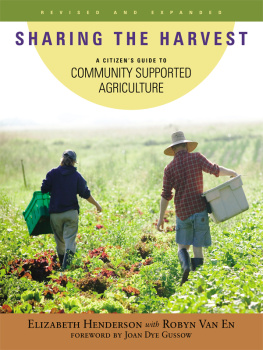
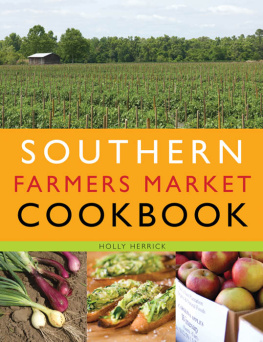
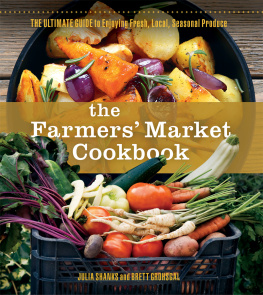
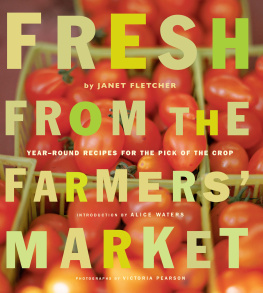
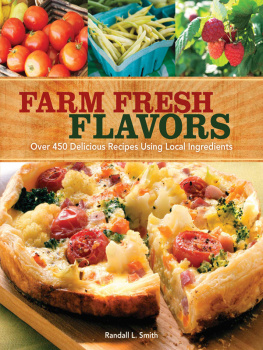

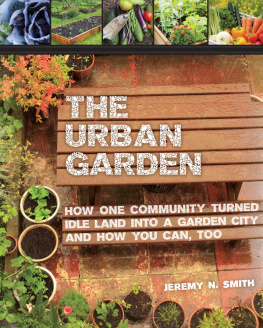
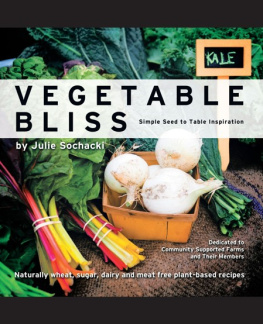






 , or nutritious. According to her, every vegetable was utterly nutritious or good for curing something, whether it be the common cold or high cholesterol. (It wasnt until decades later that I finally realized Mom was rightfood is medicine.)
, or nutritious. According to her, every vegetable was utterly nutritious or good for curing something, whether it be the common cold or high cholesterol. (It wasnt until decades later that I finally realized Mom was rightfood is medicine.)